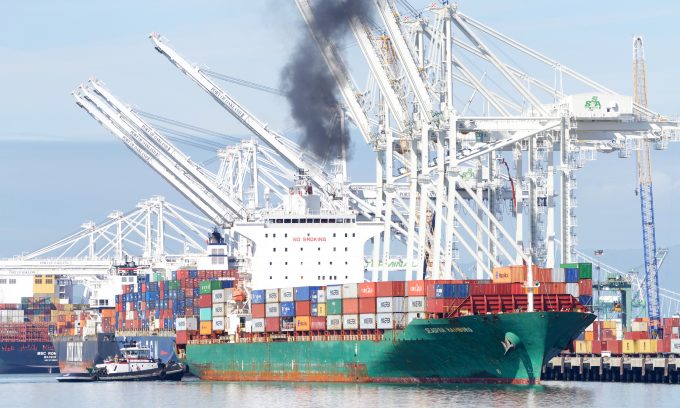The cost of 'going green' could render deepsea shipping 'too expensive'
Regulation introduced to decarbonise shipping could lead to the demise of certain deepsea shipping sectors, ...

In a sign of the uncertainty posed by the fuel landscape and the costs, ship classification society DNV’s latest maritime forecast features 24 different scenarios for ship bunkers, entailing anything up to $28bn in annual investment between now and 2050.
Carbon-free fuels will push up the ...

Comment on this article